Apple's popular Apple Watch continues to dominate the wrist, commanding an estimated 40 percent market share in the fourth quarter of 2022. The company not only helped to push fitness wearables into the mainstream, but it also cemented a devoted 115 million-strong following. The Apple Watch has attracted plenty of imitators trying to ape the wearable's design and features.
The most notable knockoff is the Amazfit, which has gotten a bit of praise from wearables reviewers for its value since the company's launch. With the latest Amazfit GTS 4 Mini, the company doesn't deviate from its strategy. The watch’s very close resemblance to the iconic Apple Watch makes it instantly familiar in a way that competing devices from Garmin and Fitbit aren't.
Amazfit's watch has received surprisingly positive reviews, so we decided to compare it directly with the cheapest Apple Watch to find out if you actually need to pay that Apple tax to have some smartwatch or fitness tracker basics. As expected, it turns out that it depends on exactly what you're looking for.
Ars Technica may earn compensation for sales from links on this post through affiliate programs.
Pricing and size
Amazfit and Apple both offer smartwatches in different sizes to target different wrists.
Amazfit's lineup comes in different shapes and sizes, and similar to the sports-centric Apple Watch Ultra, the company also offers wearables that more specifically target fitness-oriented audiences. The basic smartwatch lineups from Amazfit come in two series, with the GTR models sporting a round screen and a GTS model that competes more directly against the Apple Watch with its square display.
The Amazfit GTS 4 Mini comes in at just $120 (you can often find it on sale for under $100), which is less than half of Apple’s entry-level $250 Watch SE. Given the starting price of the Amazfit GTS 4 Mini, it would be most appropriate to compare that watch against Apple's budget-oriented Apple Watch SE out of all of Apple's current lineup.

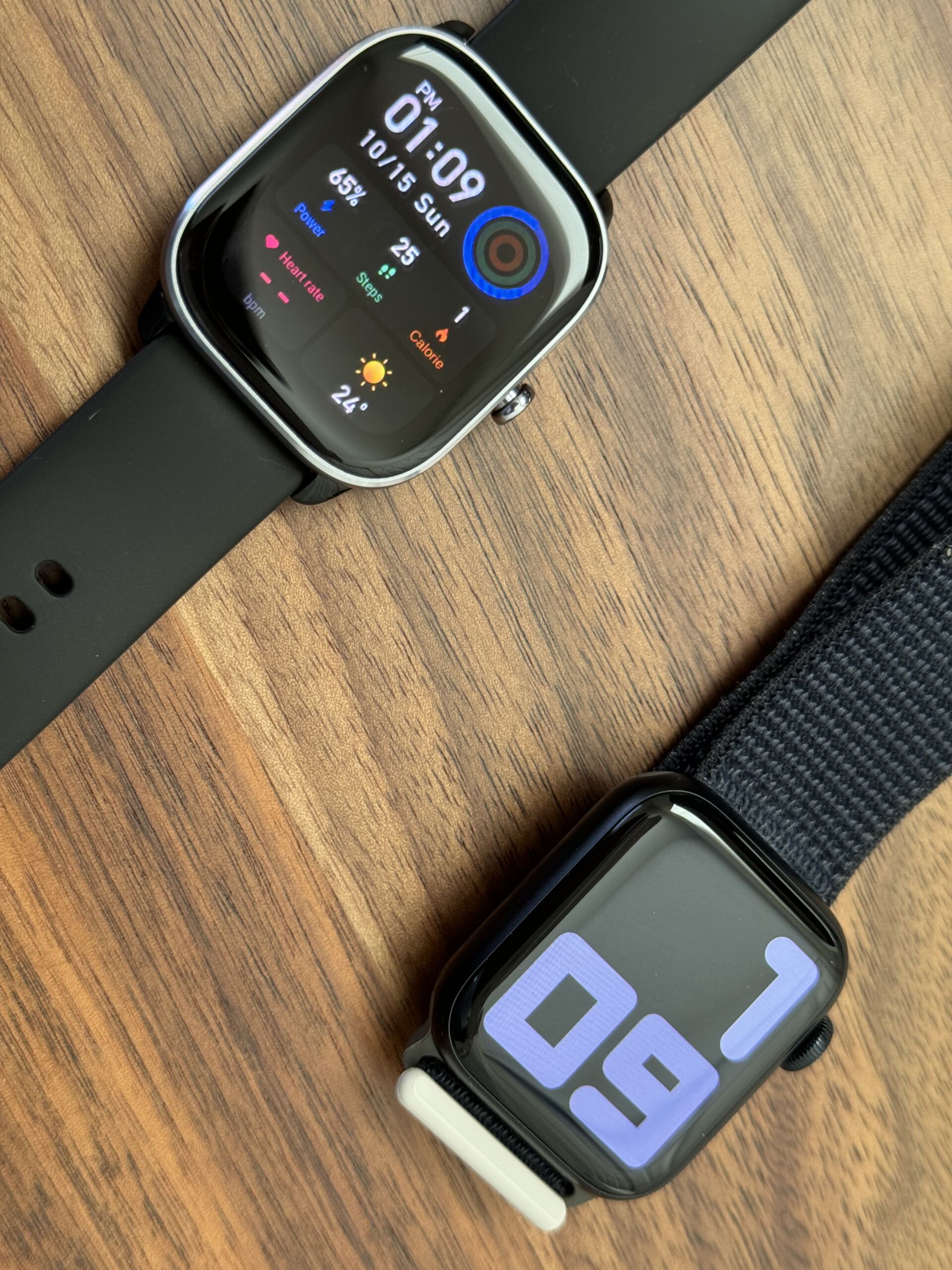

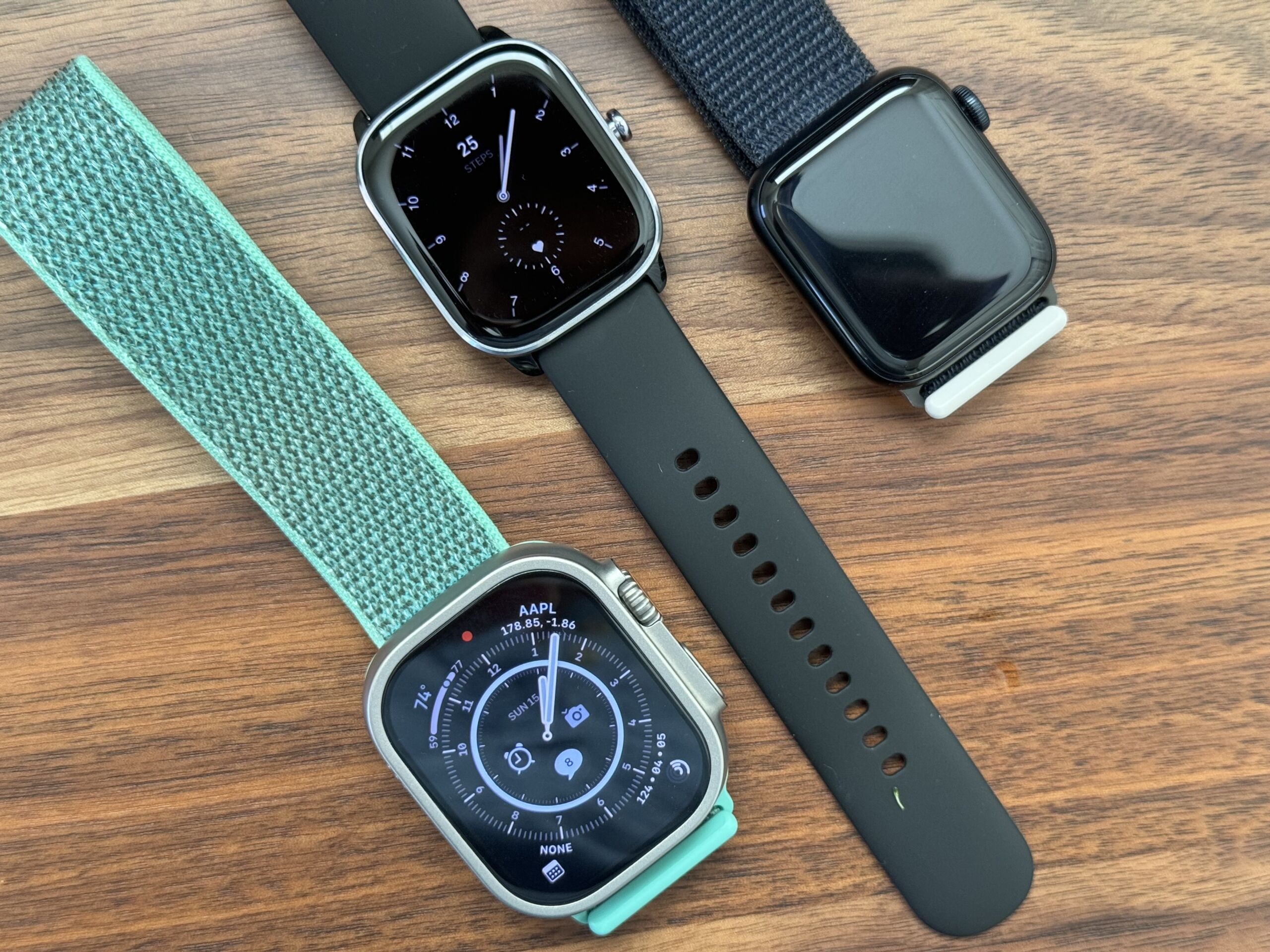
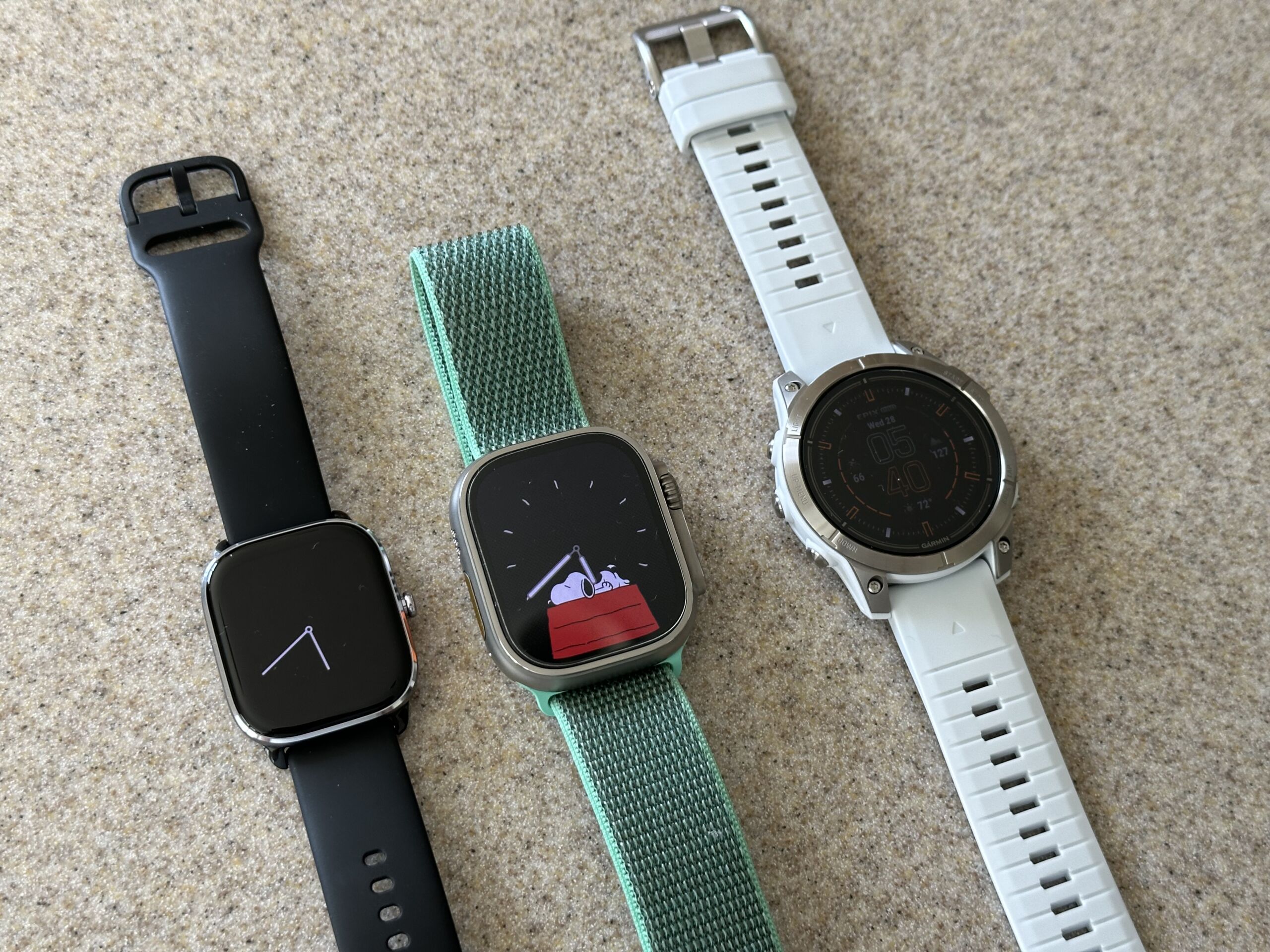
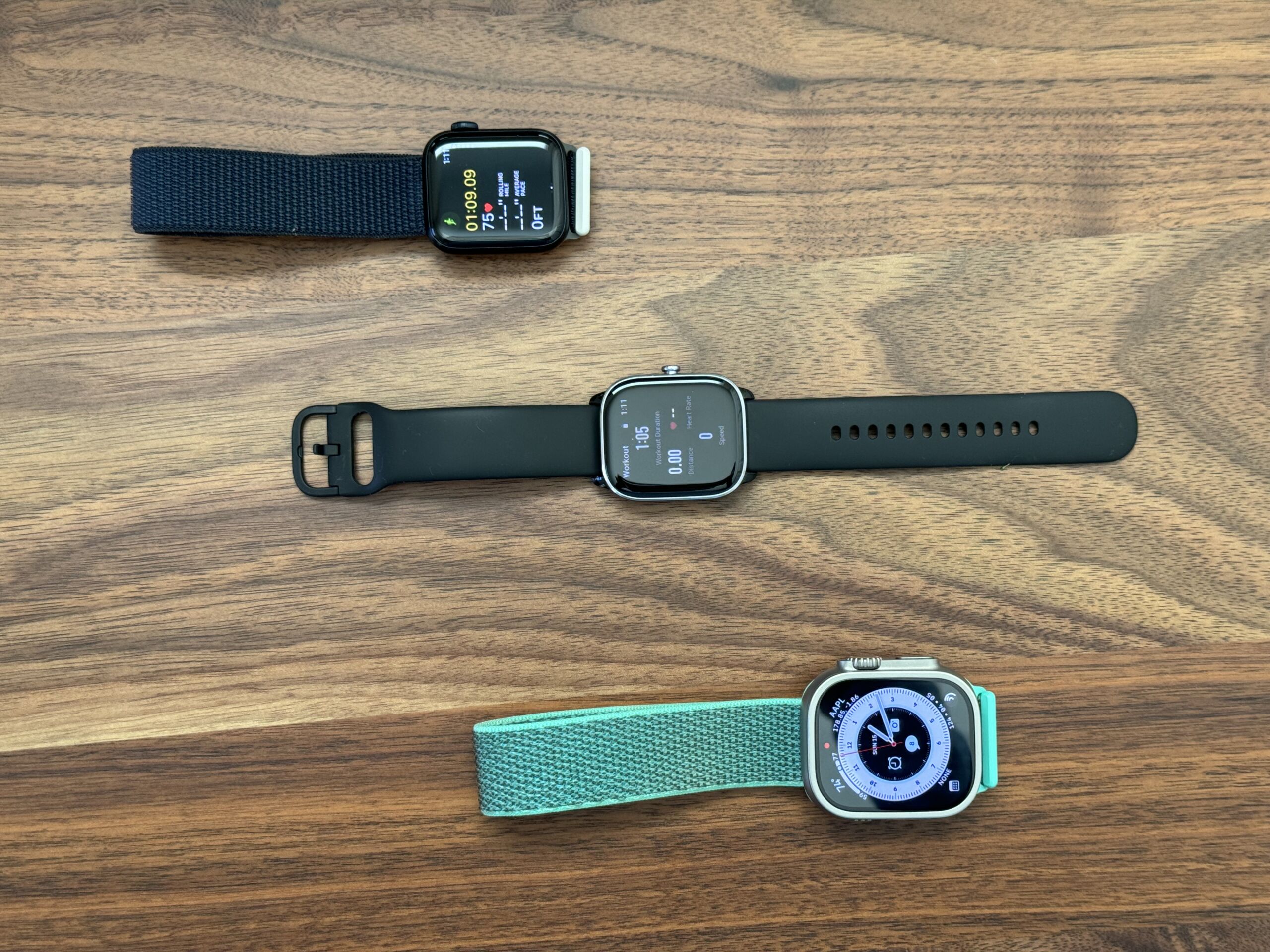

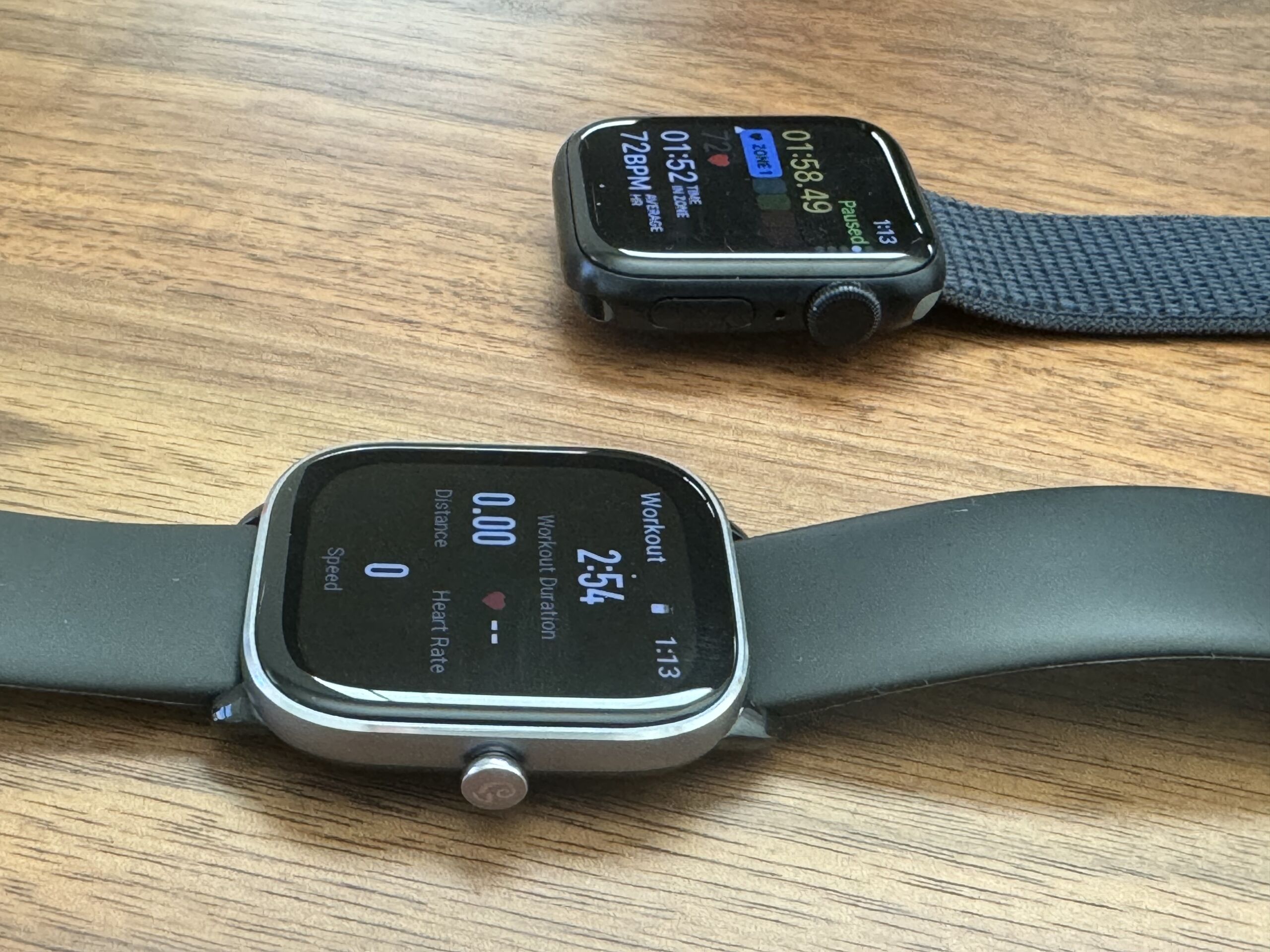
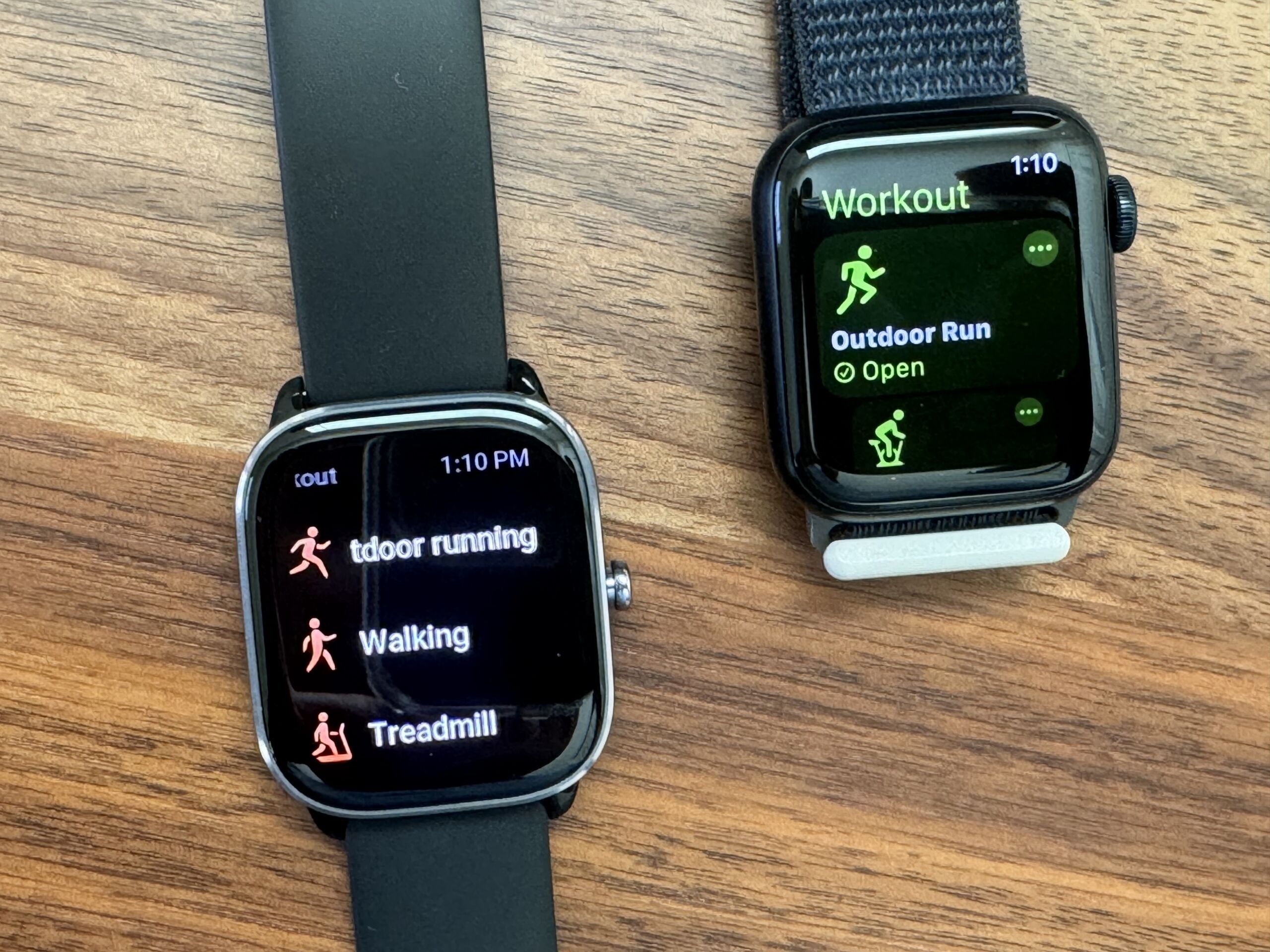
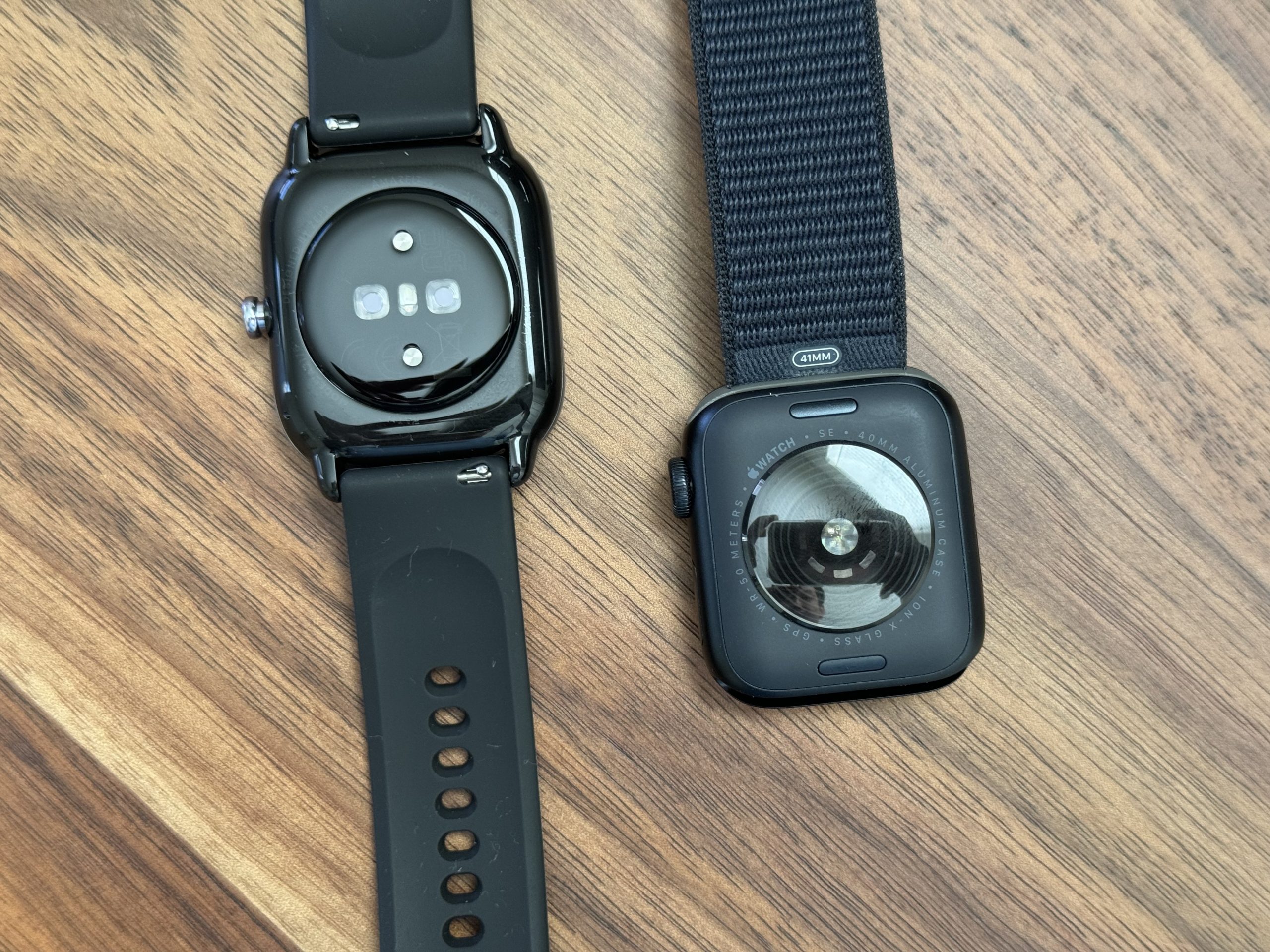
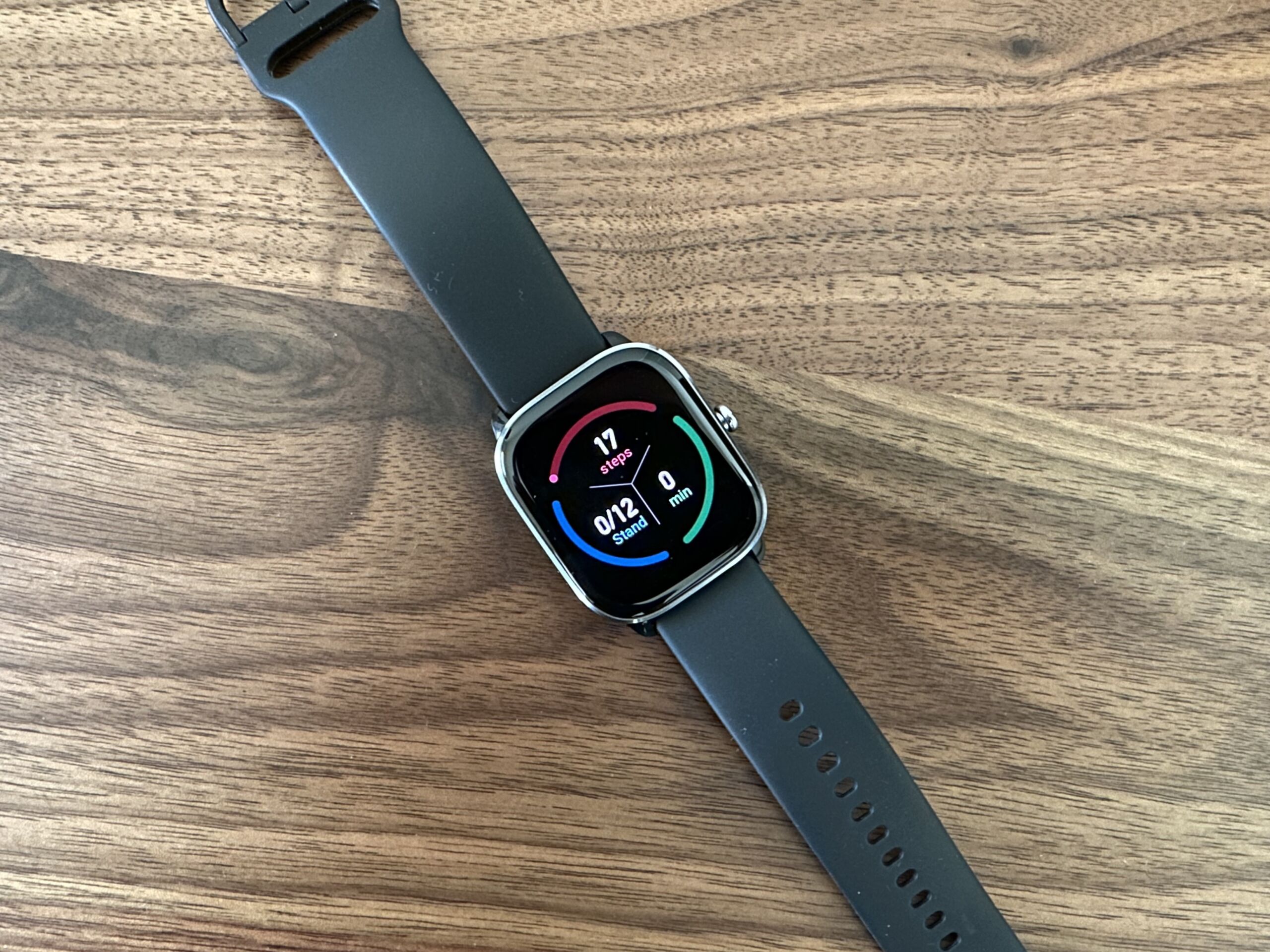
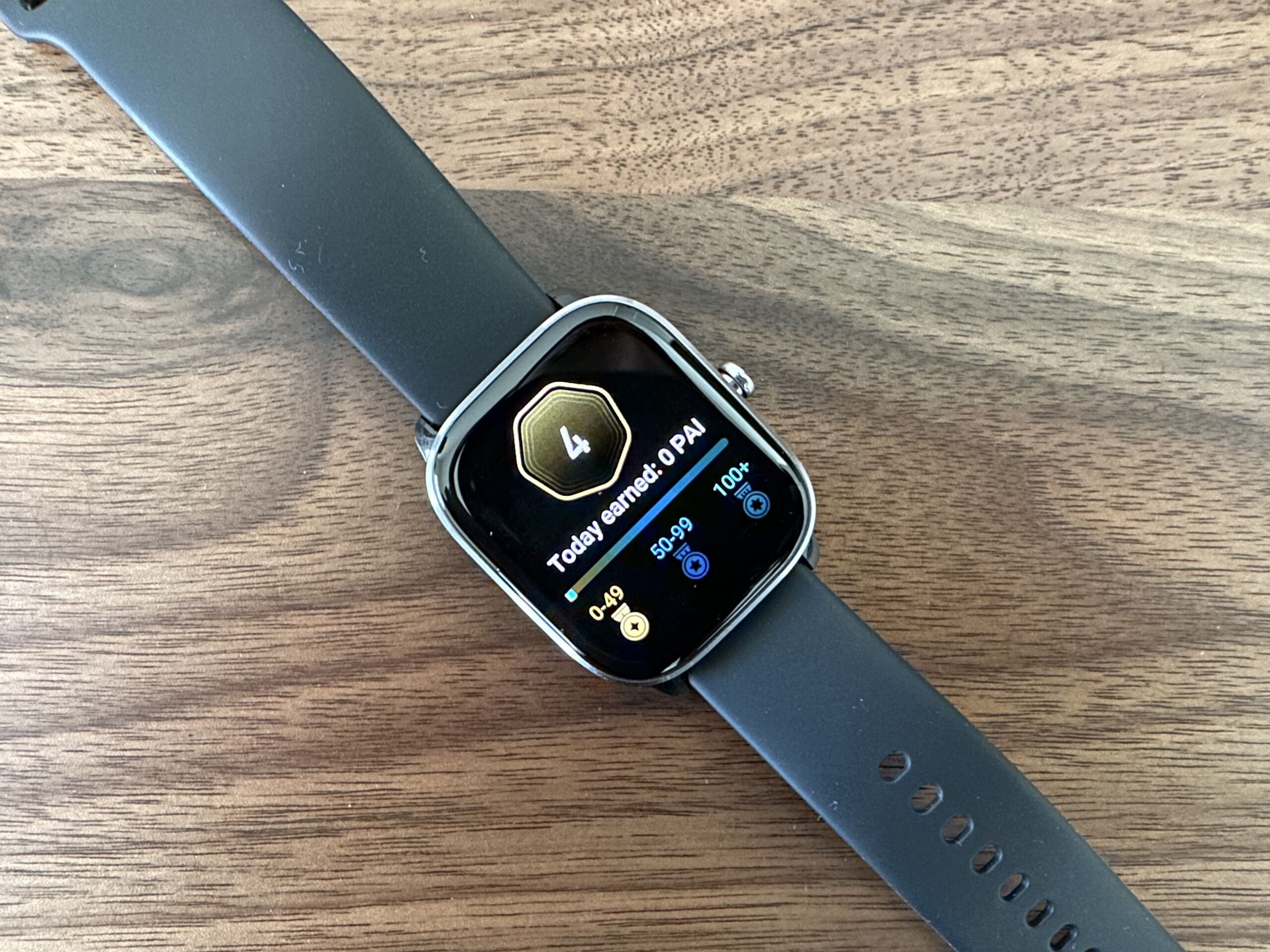
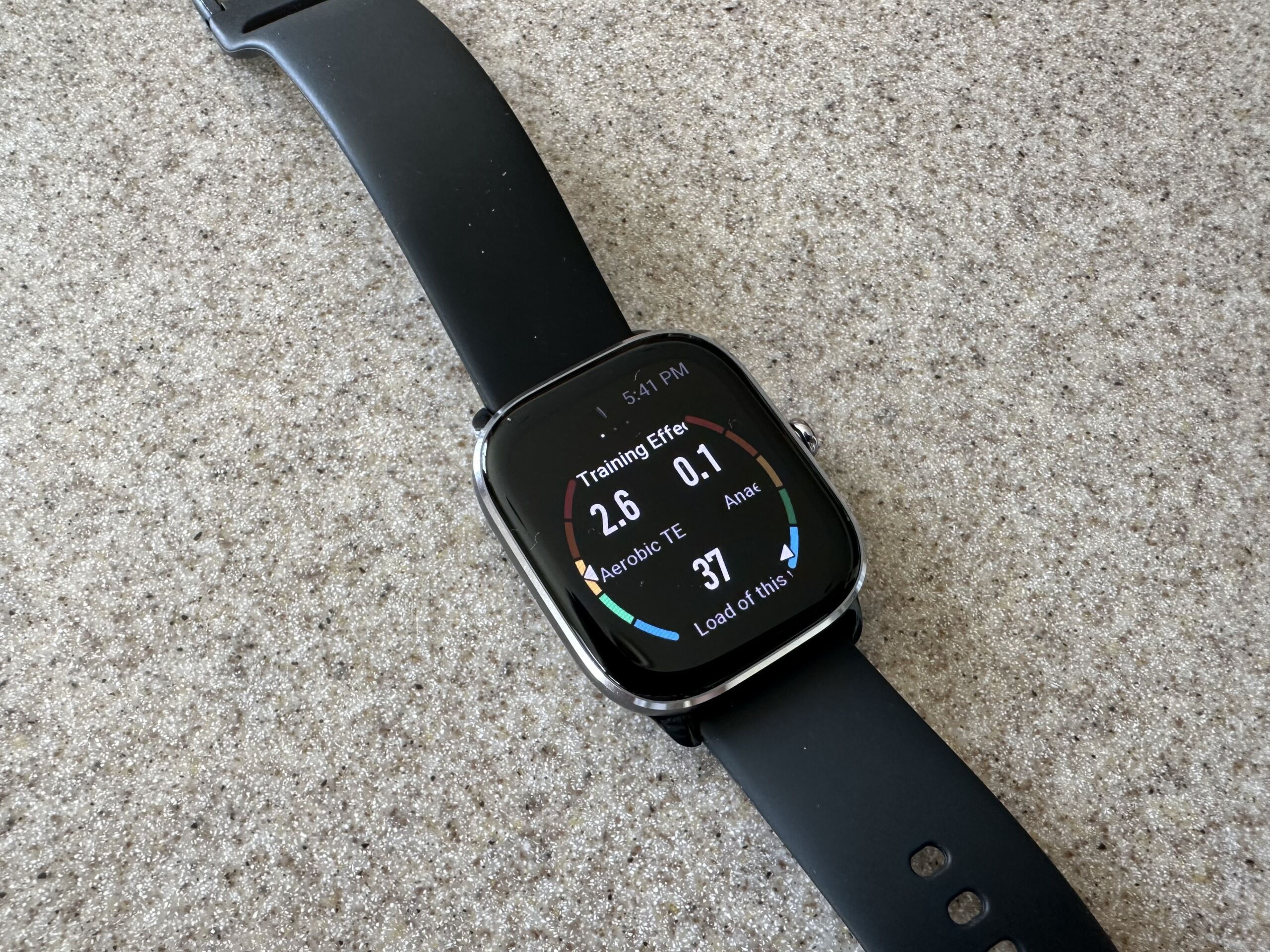
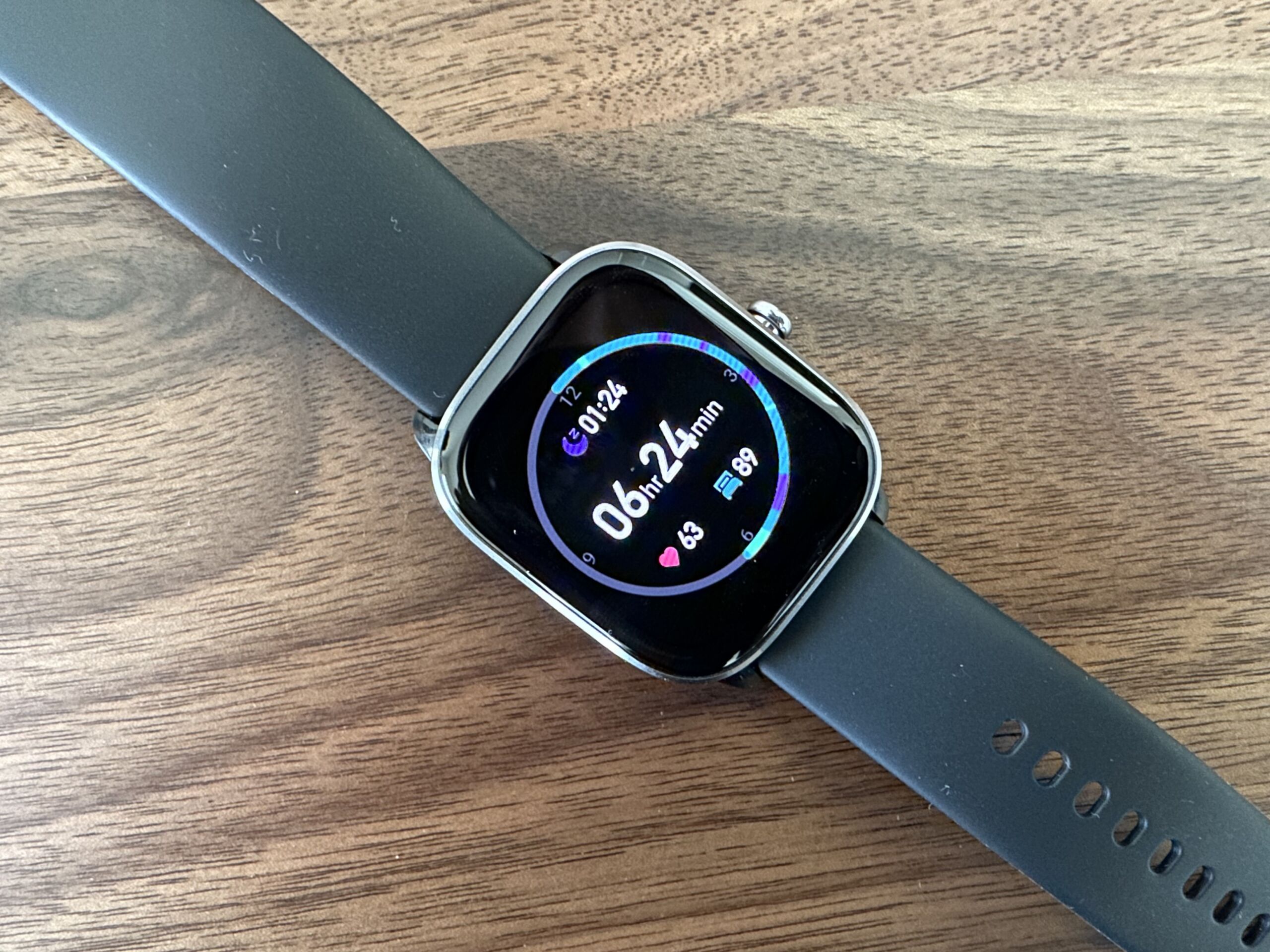
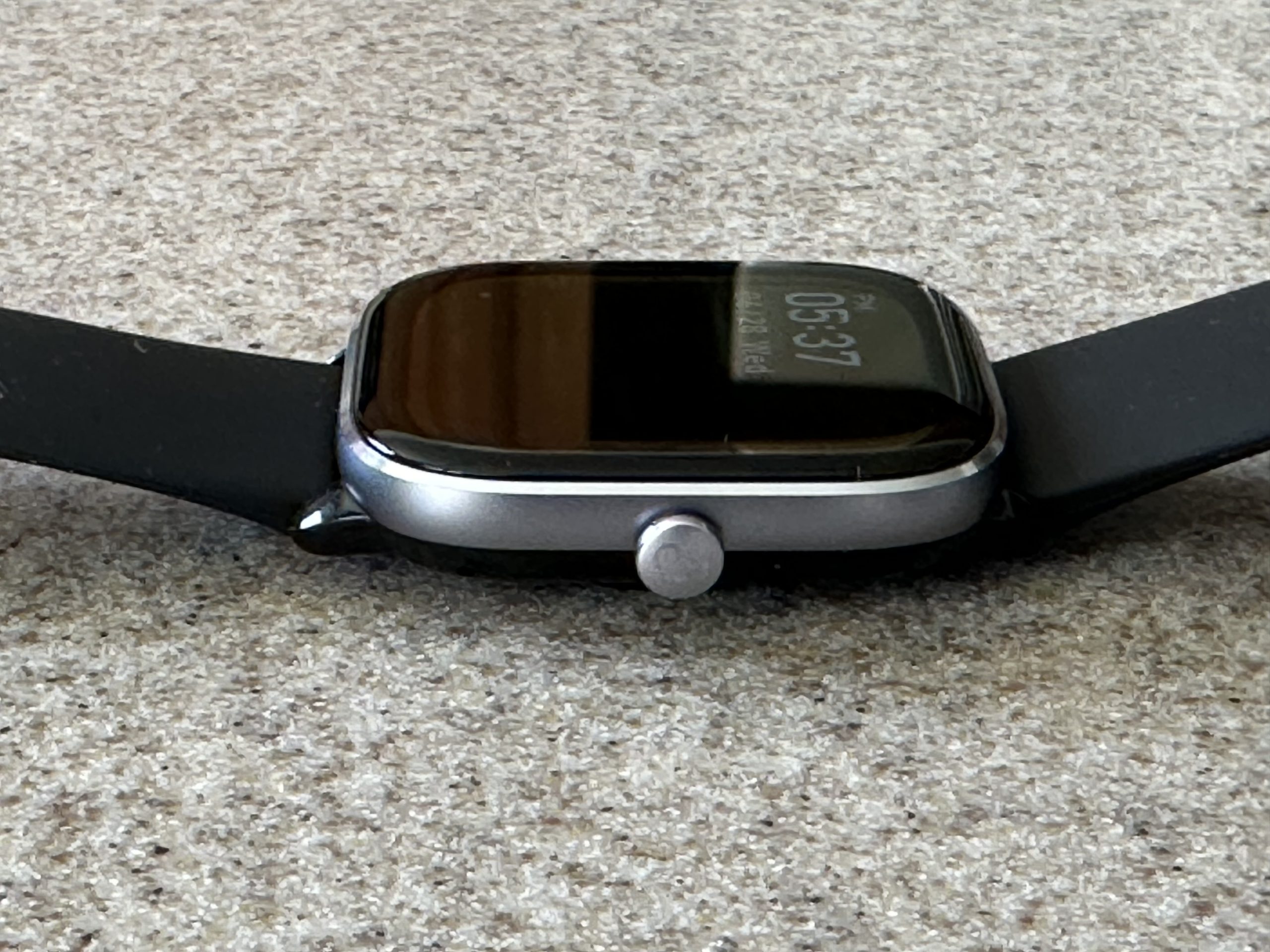
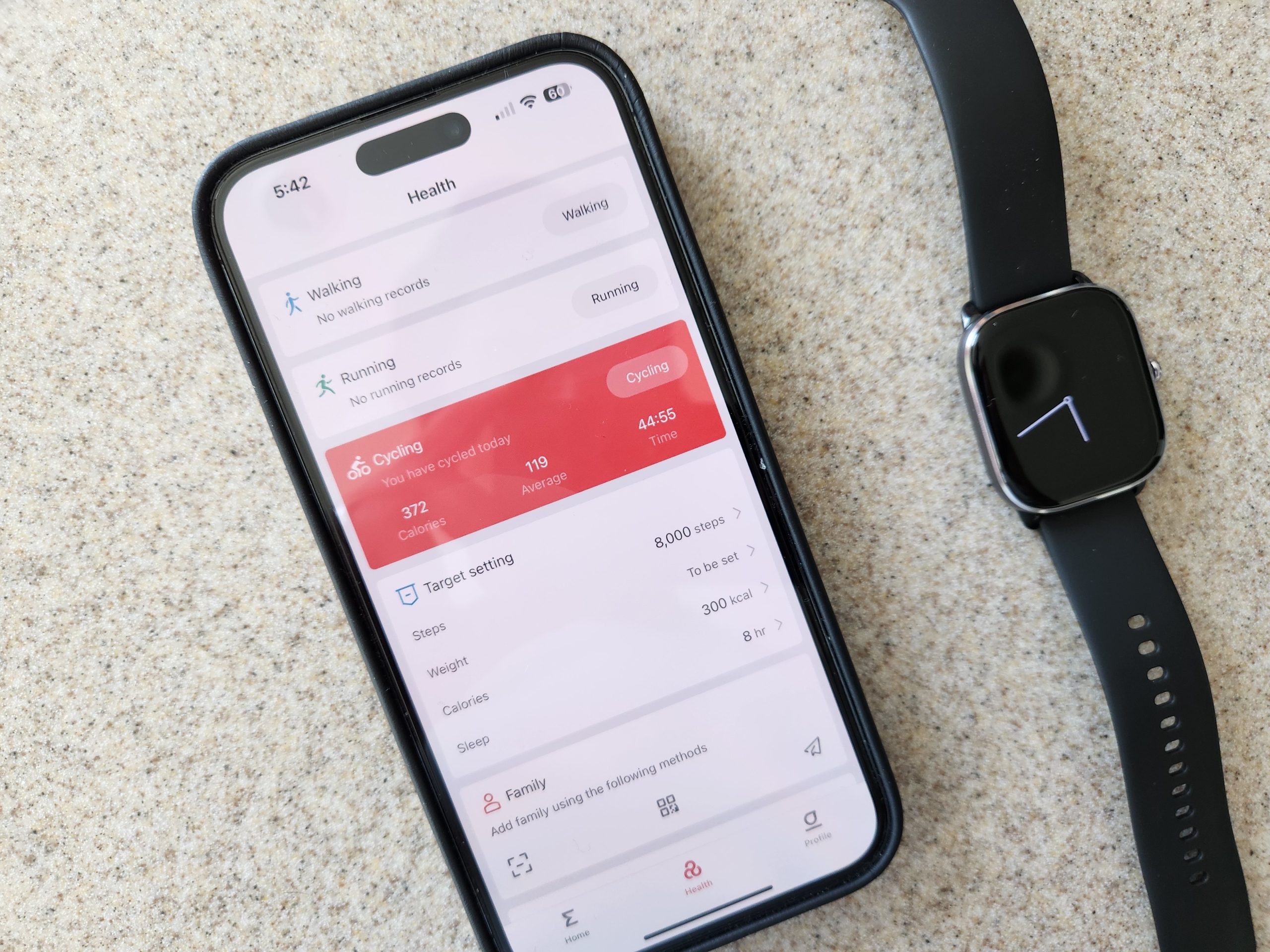
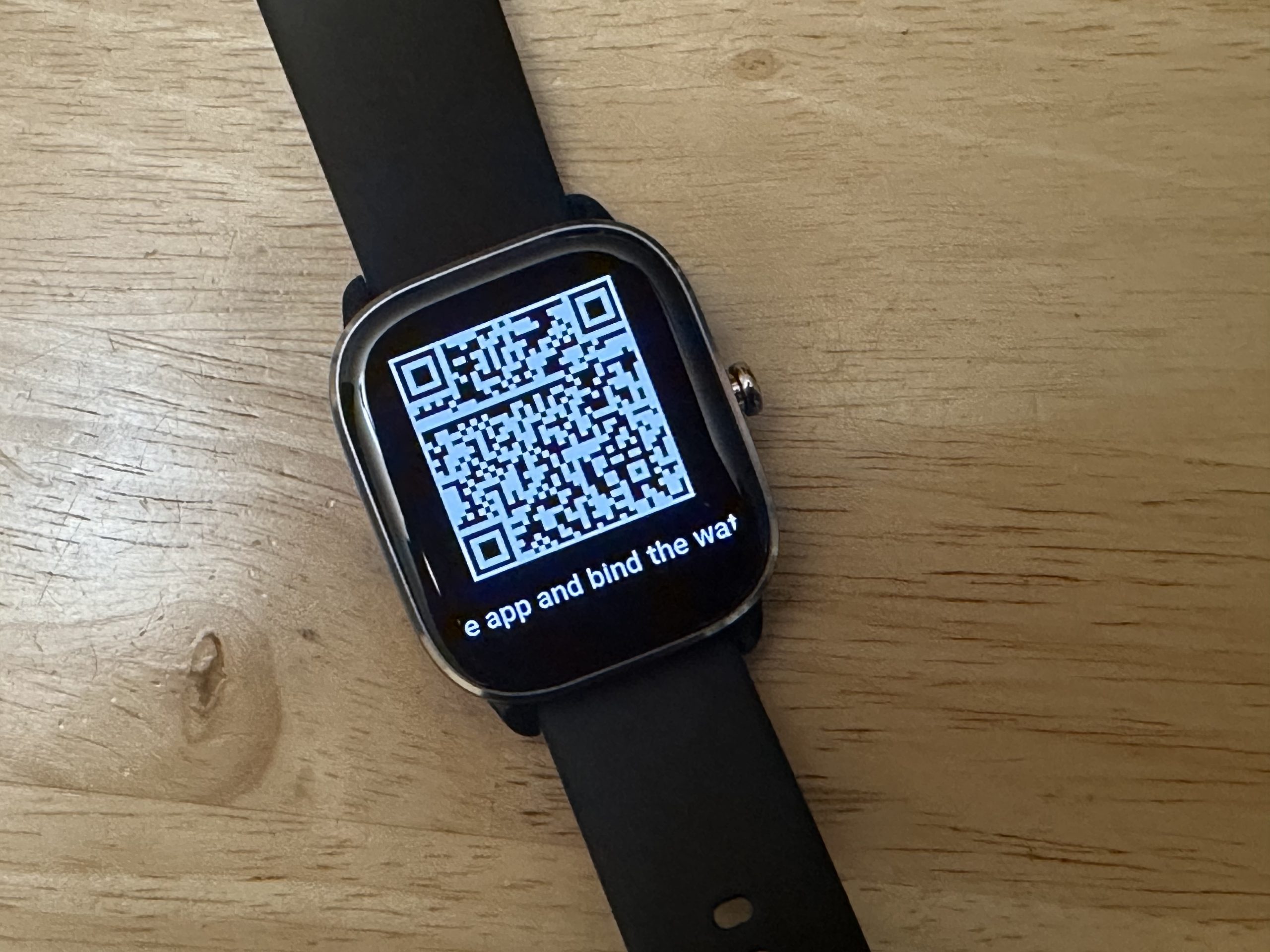
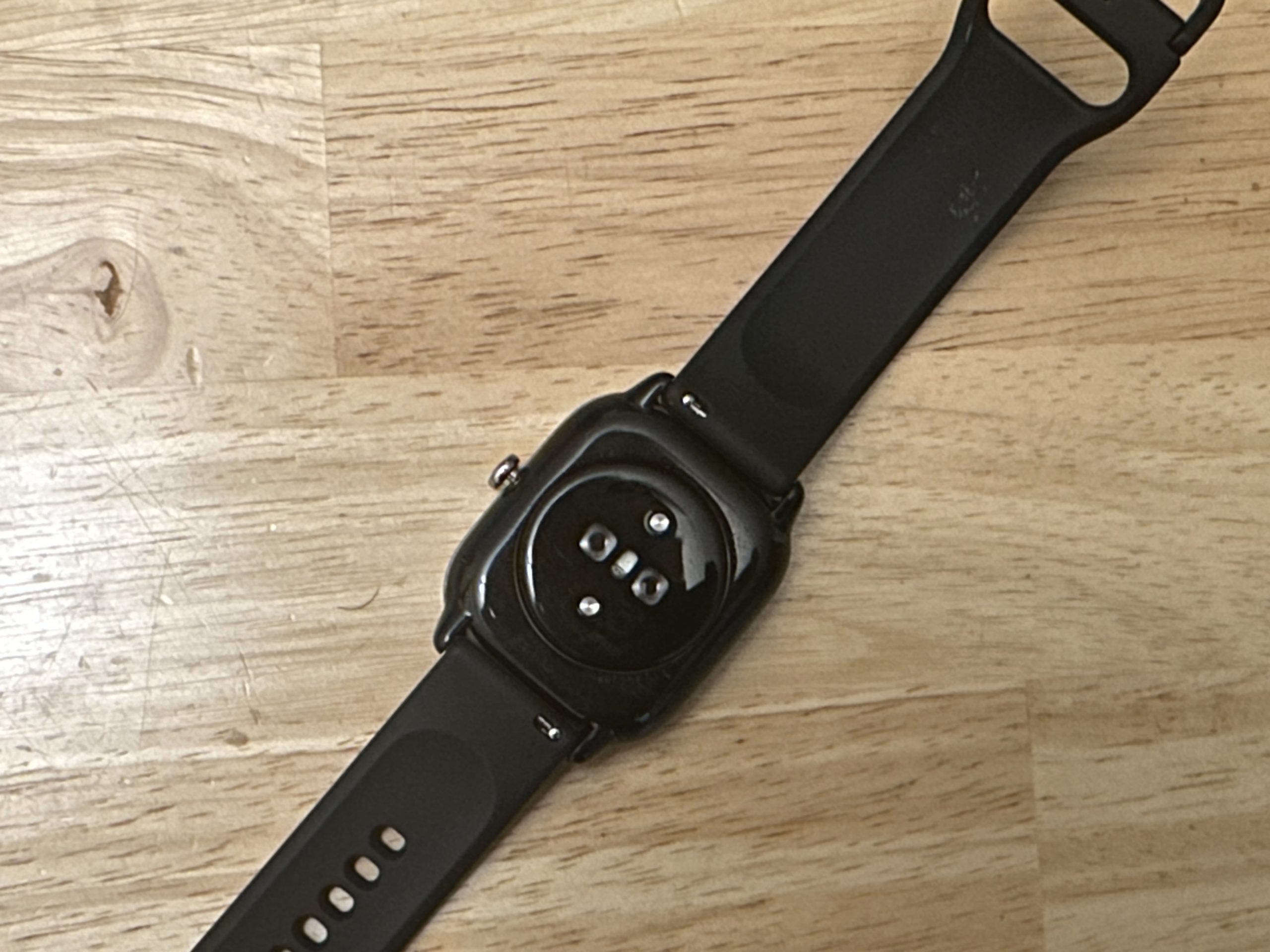
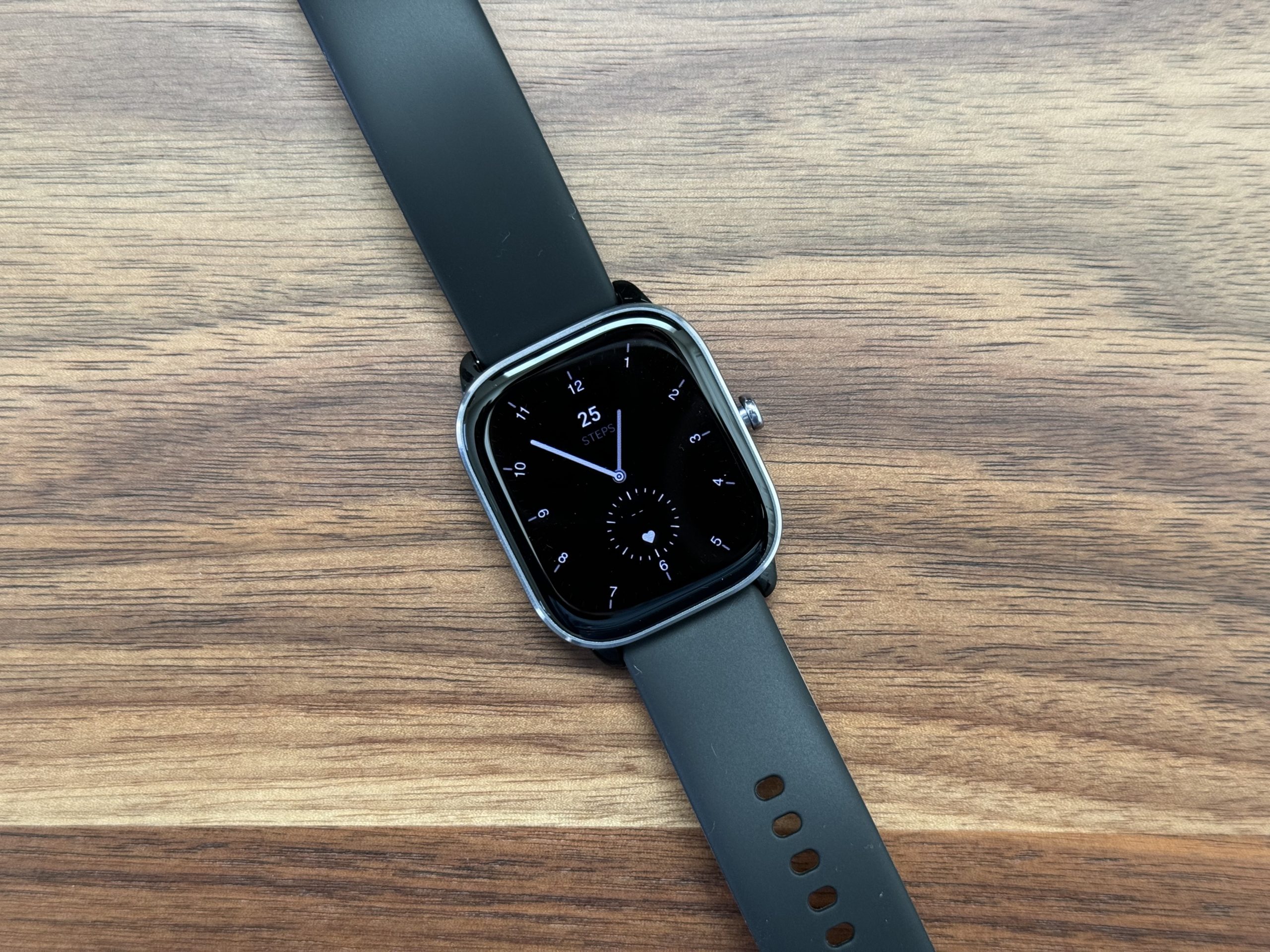
 Loading comments...
Loading comments...
